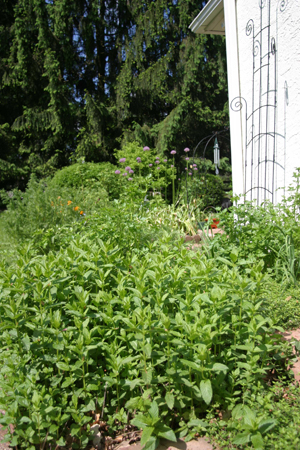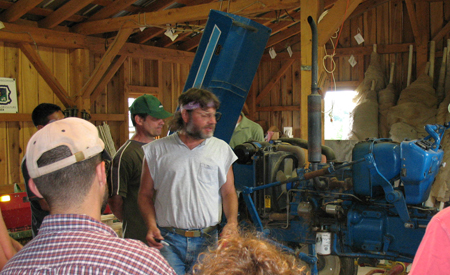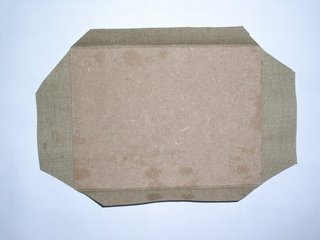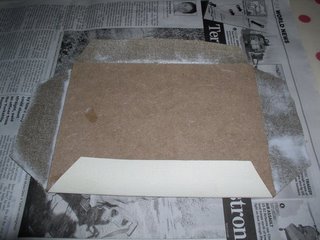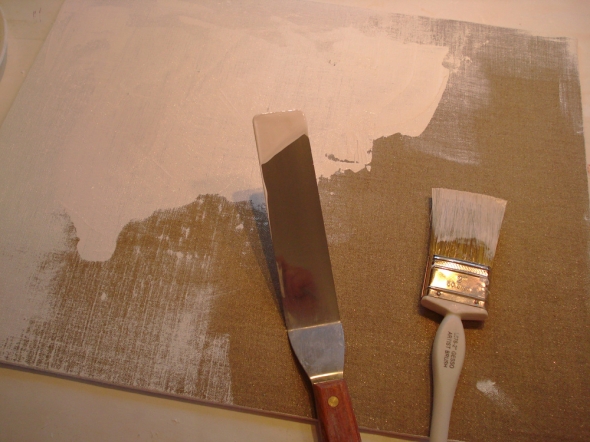It’s not always evident to the home gardener how much time goes into actual picking. Life is dictated by weather and gathering the fruits of one’s labor – which becomes just more laborious. I’ve been out almost daily to pick strawberries since late May. Over the past week it’s been so wet that I missed a few days and the berries are now rotting.
After making about 14 pints of jam and freezing 8 quarts, I’m not that unhappy to be at the end of the season. This morning was spent picking, cutting up berries that were spoiling in the fridge, freezing another quart and thinking about one last batch of jam. I’ve also been eating the berries about three times a day. Is it possible to get too many antioxidants? Apparently not from strawberries.
I spent a few hours on Saturday visiting a neighbor gardener’s organic raised beds on 1/2 Acre. Liz Alakszay is an adjunct professor at Keller School of Management, an instructor of sustainable small scale backyard food production at West Chester Night School and a grower of custom heirloom and open pollinated vegetable and herb transplants. I took a container class from her, offered by my township a month or so ago and discovered how much healthier plants are after 2-3 transplants and not just the one time I was accustomed to doing. She has the neatest raised beds I’ve ever seen. Her broccoli was hidden safely under Reemay, her peas were prolific and her potatoes were already twice the size of my own plants. It ain’t fair I tell ya.
raised bed overview.
Â
herbs along the back wall of her house.
Â
On Sunday I had a SAITA tractor maintenance all day workshop with Shane LaBrake at Charlestown Farm. Shane is an agricultural consultant and explained the inner workings of tractor engines. I’m at a loss to explain the details but you can find the workshop notes here. You’ll need to scroll down to my June 16 post.
After hearing Shane talk about safety in the field and all the precautions needed before heading out on the old John Deere, I realized how lucky I’ve been. My early twenties were spent haying a 300 Acre farm in Nova Scotia and I was driving an old 1940’s tractor with no seat belt or anything else that could be considered a safety measure. We used a hay rake, a baler and a cutter. There was a scary bunny maiming brush cutter that I wasn’t allowed on, being the only girl of the crew. While we knew back then about unfortunate farm accidents, I can’t say that we were ever as careful as I would be now.
Then my task was to finish up gluing the front of homemade canvas panels that I began yesterday. I have a couple of huge paintings from years ago that have been so scarred and scuffed in my travels back and forth across the country that they’re damaged beyond repainting them. So I decided to cut the largest at about 5.5′ x 8′ into more manageable pieces to be backed with masonite. Some painters consider 30″x40″ to be huge, but for me the 90’s were all about exploring size and space in two dimensions. I love painting that large, but it takes months to finish a piece and they certainly don’t travel well. It’s amazing to think that Morris Louis did most of his own giant works in a small 12’x12′ dining room, unfurling them to paint and then re-rolling them for storage.
I now have 4 panels drying under heavy art books. There are many ways to do it, but the main thing is to remember that the canvas should be removeable at some point for conservation purposes, so you don’t want to use permanent glue. Here are some pics I grabbed from other sites that show the process. And a couple of links, at My French Easel and Deb Schmit, a Montana artist, sent me her own process. She uses plywood and a table saw. I had to get the guy at Home Depot to cut up the masonite for me.Â
Tomorrow I’ll test them out and the fun will begin.


